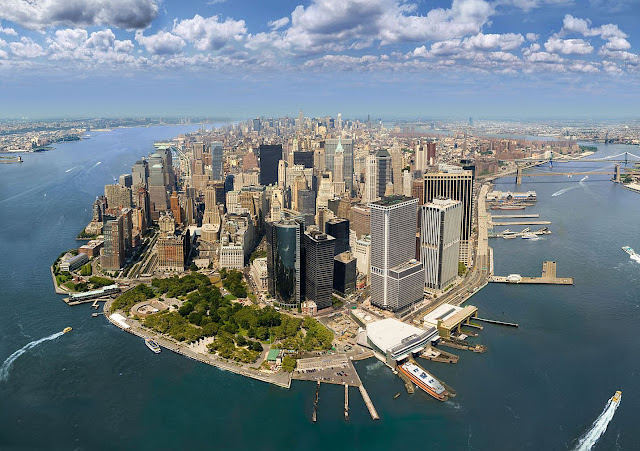HDR Photos and When to Use It #MePhotographyYou
My curiosity with HDR imaging was among the new motivation that I made in taking pictures and exploring the essence of photography; tone, contrast, range, etc. Softwares for imaging development that I used for free: easyHDR Basic2 and Fusion. Differentiate the results below.
Sample Photos:
HDR stands for High Dynamic Range imaging, and it's an old photography practice recently introduced to cameraphones like the iPhone and some Android devices (or with the use of special apps). You're on the right track: it's supposed to make your pictures look better, but it depends on when you use it. Here's a quick primer on how HDR works, and when you should—and shouldn't—turn it on.
HDR, as its name implies, is a method that aims to add more "dynamic range" to photographs, where dynamic range is the ratio of light to dark in a photograph. Instead of just taking one photo, HDR uses three photos, taken at different exposures. You can then use image editing software to put those three images together and highlight the best parts of each photo. In the case of HDR on smartphones, your phone does all the work for you—just snap your picture and it'll spit out one regular photo and one HDR photo. The result is something that should look more like what your eyes see, rather than what your camera sees.
This is why, when you turn HDR mode on, your phone takes a little longer to take the photo. It's actually taking three pictures, rather than just one. Check out the image above for an example. It wasn't taken with a cameraphone, but it's a good demonstration of what HDR can do. If you want more detailed information on how HDR works, our friends at the How-To Geek have a great explainer.
When You Should Use HDR
As we said, HDR is designed to help you take better-looking photos, especially in certain situations. Here's where you should try using HDR:
Landscapes: Big landscape photos usually have a lot of contrast between the sky and land, which is difficult for your camera to deal with in just one photo. With HDR, you can capture the sky's detail without making the land look too dark, and vice versa.
Portraits in Sunlight: We all know that lighting is one of the most important aspects of a good photo, but too much lighting on someone's face—like harsh sunlight—can cause dark shadows, bright glare, and other unflattering characteristics. HDR can even that all out and make your subject look better.
Low-Light and Backlit Scenes (see above): If your photo is looking a little too dark—which often happens if your scene has too much backlight—HDR can brighten up the foreground without washing out the well-lit portions of your photo.
When You Shouldn't Use HDR
Of course, as you've discovered, sometimes HDR actually makes your pictures look worse. Here are some situations in which HDR is better off ignored:
Photos with Movement: If any of your subjects are moving (or might move), HDR increases the chance of a blurry photo. Remember, HDR takes three pictures, so if your subject moves between the first and second shot, your final picture won't look very good.
High-Contrast Scenes: Some photos look better with stark contrast between the dark and light parts of the photo, like if you have a dark shadow or silhouette you want to highlight. HDR will make this less intense, resulting in a less interesting photo.
Vivid Colors: If your scene is too dark or too light, HDR can bring some of the color back. However, if you're dealing with colors that are already very vivid, HDR can wash them out.
Luckily, most HDR cameraphones will give you two images: one with HDR turned off, and one with it turned on. That means that you can always give HDR a shot and see what the comparison looks like before turning it off altogether (as long as you have time to sit through the extra few seconds of photo-taking). As with all things photography, you can't go wrong experimenting! These guidelines should help you out, but don't be afraid to snap a few photos and look at them later. Once you get the hang of it, HDR can be a great tool for getting better pictures. While you're at it, check out our general tips for taking better pictures on your phone, too.
Today’s digital cameras are marvels of modern technology, allowing even the most inexperienced photographer access to state-of-the-art imaging systems that were the domain of supercomputers, and research institutions only a few decades ago. With prices plunging continually lower, and more devices equipped with cameras than ever before, photography has reached the point of ubiquity: cameras are everywhere, and anyone who wants to take photos can do so. But sometimes, the best thing you can do to grow as a photographer is to take the opposite approach and set some strict limits for yourself. By operating within the bounds of some simple constraints, you will often find yourself exploring new photographic possibilities that you had never realized were there before.












































